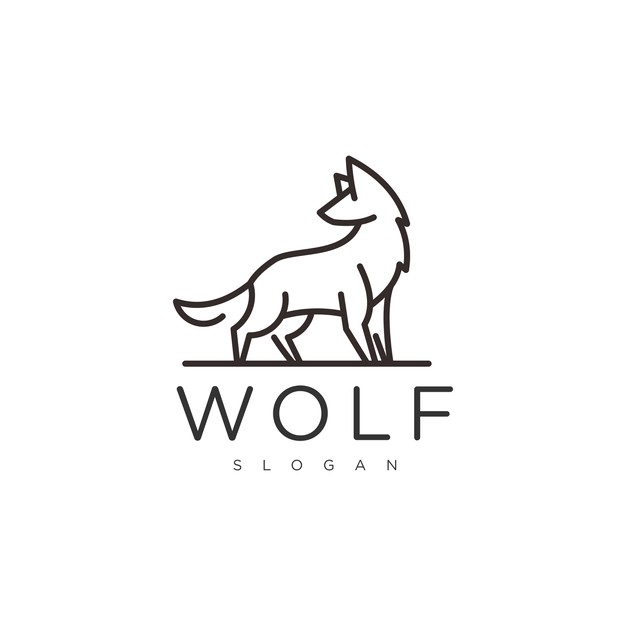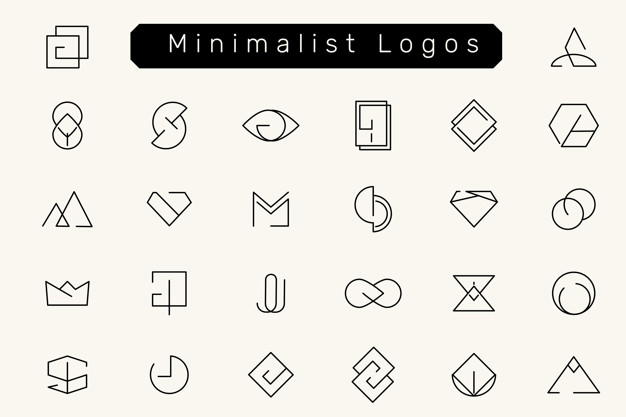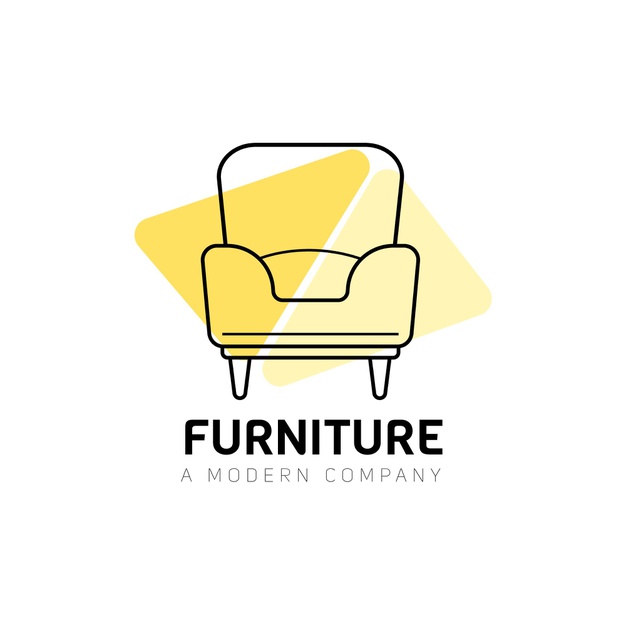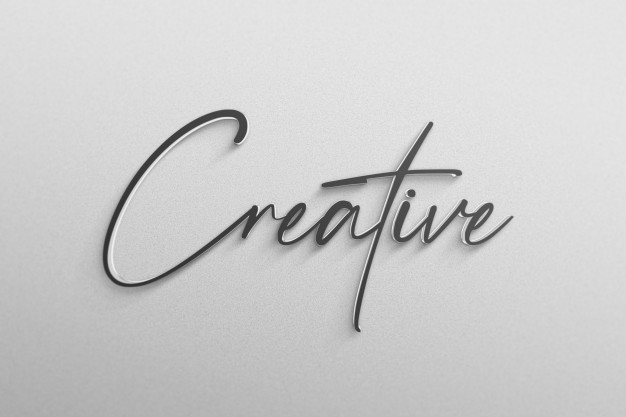There is a saying, that Less is More. This means that simplicity in using minimal design and visual elements as possible can lead to good design. Simply put, “no fuss, plain and simple”. A minimalistic design is the stripping down to the bare minimum and using it creatively to convey the message to the audience. It’s like painting a whole living room white and just leaving the sofa, table, and lamp. That’s it. No decorations, no wallpapers.. nothing.
That’s why here are some tips if you want to incorporate some minimalism into your graphic design language:

- Give me some space – Considering the space is one of the key aspects for incorporating a minimalistic design. This can be done by giving an emphasis on the image, typography, or the logo, and allowing it as the focal point. It’s like looking at the Apple logo on the cover of a MacBook. It draws your eye directly to the logo and nothing else around it, which is the space. But of course, space doesn’t have to be empty all the time, it can be filled in, as long as it doesn’t detract the audience to the focal point. If it gets too cluttered, then it’s time to remove those elements. Every element should have a purpose.
- Color me less – of course, this is not limited to just black and white. In choosing a color palette, always look for the extremes or the opposite spectrum. A great example of this is the national flag of Japan. The red color stands out from the white background. So choose the color, preferably at least 3 colors in total, take note of the contrast and the juxtaposition. Then pick what color you want to serve as the focal point or use to give an emphasis on to.
- Uniformity and Balance – One of the easiest to mess up, achieving uniformity and balance in graphic design, puts an emphasis on uniformity and achieving balance with as little use of elements as possible. Uniformity in the sense that everything works together. A classic example would be using typography. There should be enough spacing between the words and the letters to make it readable. Another example would be visual weight. If the main focus is an image, elements such as description concerning the image should be just supplementary and should detract the audience. If the image has sharper edges or conveys an intense feeling, supplement it with elements like typography that also has an intense look to it. You wouldn’t put comic sans on a Nike ad campaign, right?
Here’s an additional tip. Use the grid system as a guide or to double-check, the space and height of your elements. To learn more about the nitty-gritty of balance in graphic design, click here & here.
- Typography – Make sure it’s readable, no unnecessary additions, and supports the message clearly. Go for the crisp, clean and simple typography. For designers, typography is a way to use text as a visual to convey a brand message. This design element is important for graphic designers not only to build personality, convey a message but also to grab the viewer’s attention, build a hierarchy, brand recognition, harmony, and establish the value and tone of a brand.
- Challenge a design principle – This may seem to contradict, but maybe try breaking a rule and see how it goes? There is no such rule that set in stone when it comes to a minimalistic design or design in general. But there are universal rules like negative space, grid system, or maybe using more than two fonts. But designers often break rules from time to time. Granted you know those rules in the first place. Some rules are often thrown out of the window. So take some risk and break a rule, or maybe two.
This is A Blog Written by EHP Consulting Group
Find Out More: www.ehpconsultinggroup.com
Email: [email protected]
Call: (925) 293-3313




